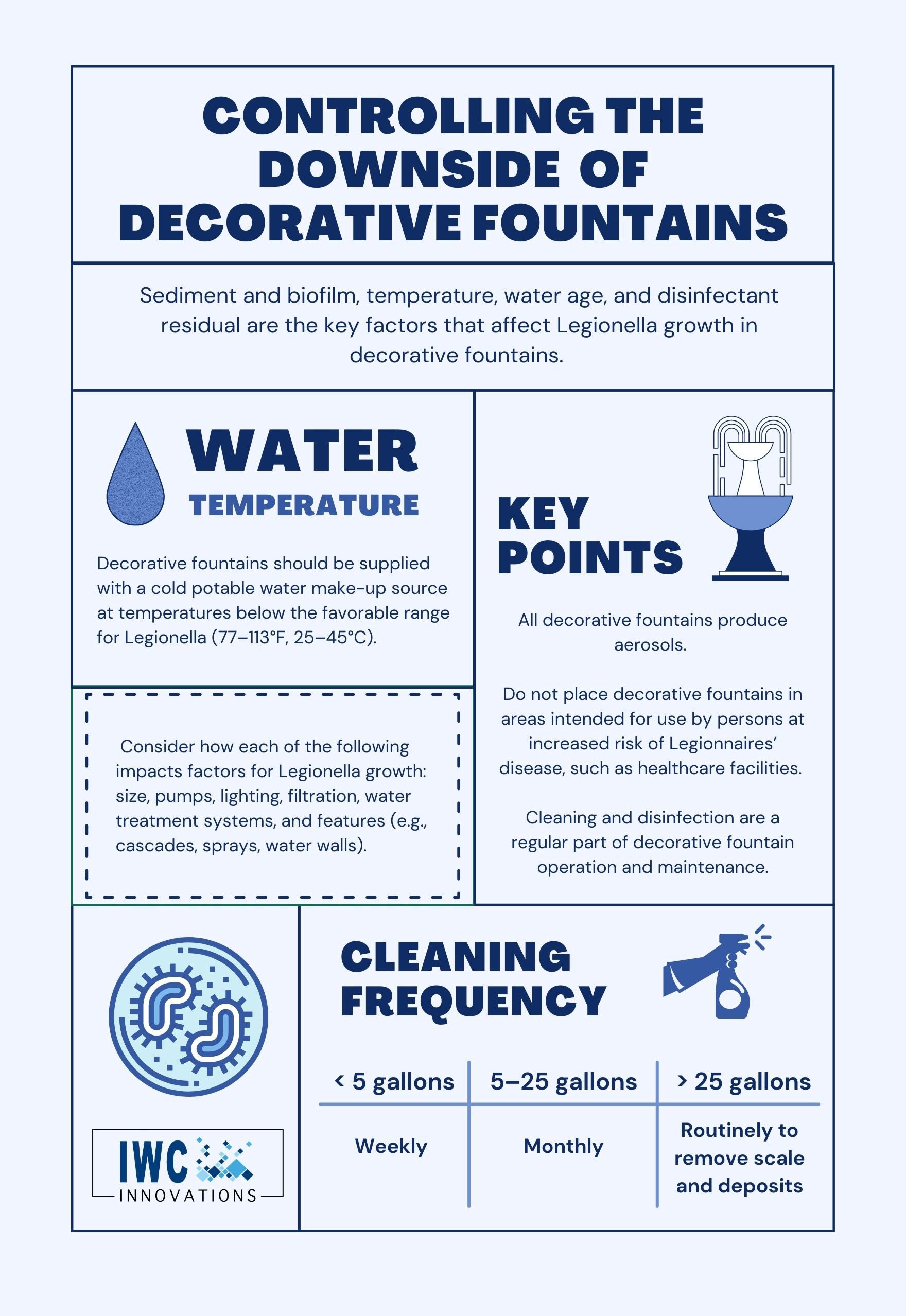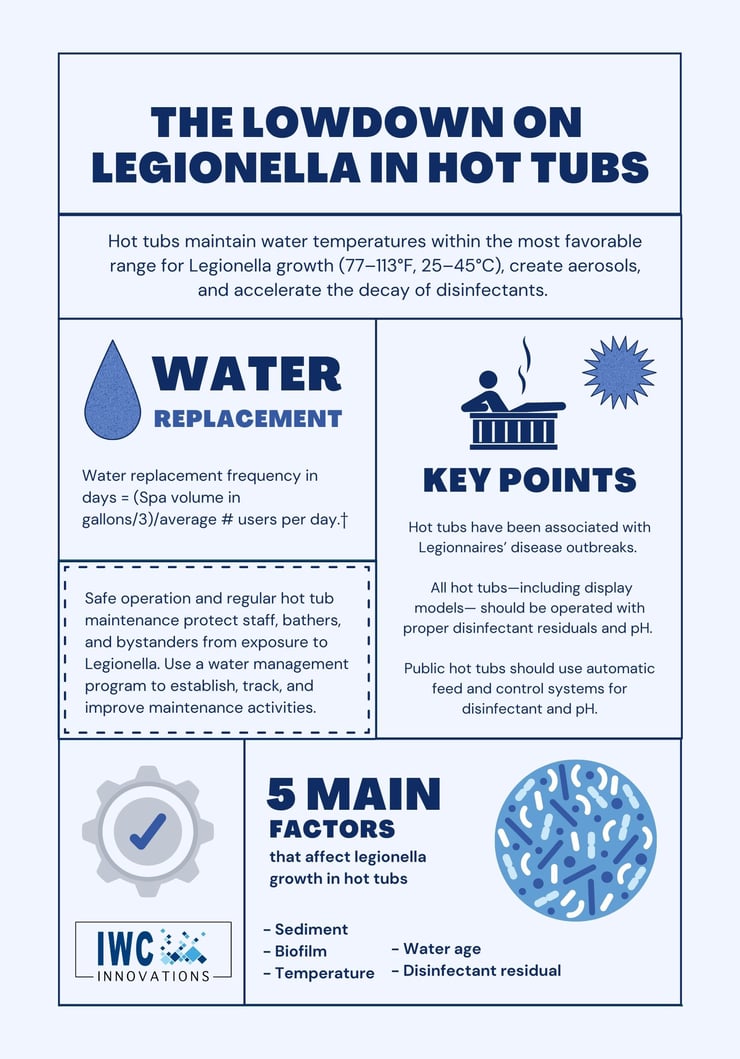Legionella servicing has become increasingly important in ensuring the safety of water systems,...
Changes & Updates to the CDC Toolkit for Legionella Control
Changes and Updates to the CDC Toolkit for Controlling Legionella in Common Sources of Exposure
The CDC released the newest update to the Toolkit for Controlling Legionella in Common Sources of Exposure. The previous version of the toolkit was released in June of 2017. The latest version provides new awareness and focus. Legionella bacteria causes Legionnaires’ disease, a serious type of pneumonia. People get sick when they breathe in mist or accidentally swallow water into the lungs containing Legionella bacteria. According to the CDC 1 in 10 people who get sick from Legionnaires’ disease will die.
The Legionella Control Toolkit provides health officials, building owners, and facility operators with concise, actionable information on controlling Legionella. The toolkit gives focus to ways to improve Legionella control for the protection and safety of a building’s employees, visitors, and surrounding community.
This updated toolkit provides information in controlling Legionella in the most common water sources implicated in outbreaks:
• potable water
• cooling towers
It is still a common myth that the majority of Legionella outbreaks occur in cooling towers. Module A of the toolkit takes a look at Legionella in Potable (drinking) water systems. The complete understanding of a buildings potable water system is critical for Legionella control. The system should continuously be evaluated from the point at which water enters a facility system to the point where it leaves the system through a fixture or device. Sediment and biofilm, temperature, water age, and disinfectant residual are the key factors that affect Legionella growth in potable water systems.
The CDC still recommends the use of a WMP – water management program - to protect building operators, staff and visitors from exposure to Legionella in potable water systems. No single measure can control Legionella growth in a building. A comprehensive water management program allows water system operators to assess all environmental factors that may lead to Legionella growth.
Modules B-E look at other sources of Legionella growth in building water systems.


The addition of more guidance on testing protocols for the control and monitoring of Legionella is a change within the newest update. In module F, testing objectives are outlined for routine and non-routine purposes.
Testing may be useful for routine and non-routine purposes, such as:
• Establishing a baseline measurement for performance indicators
• Validating a WMP
• Evaluating potential growth and transmission sources
• Confirming success or failure of remedial treatment
• Investigating potential sources of environmental exposure for persons with disease
Routine testing may be particularly beneficial for certain types of facilities, such as:
• Facilities that house or treat individuals at increased risk for Legionnaires’ disease (ex: senior communities, outpatient clinics)
• Facilities unable to meet control limits consistently
• Facilities with a history of associated Legionnaires’ disease cases
Certain test methods may be performed onsite by the user or a qualified technician, while other methods may require working with a certified lab. Regardless of the test method, be sure that you understand the performance characteristics of the test such as sensitivity, specificity, and limitations. Testing guidance and interpretation of Legionella test results can be confusing. It is always best to seek the help of experts when Legionella test results indicate the presence of Legionella bacteria. There is no safe amount or type of Legionella.
When dealing with Legionella in a building water system, it is always best to consult certified and trained professionals. IWC Innovations boasts a roster full of 12080 Legionella Water Safety & Management Specialists. Contact us for help with any of your water management needs.




